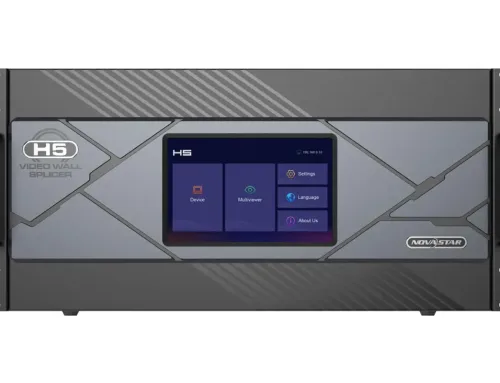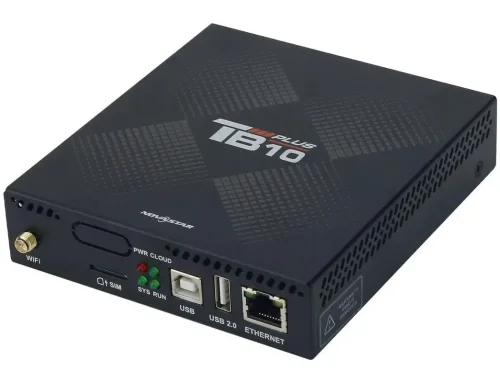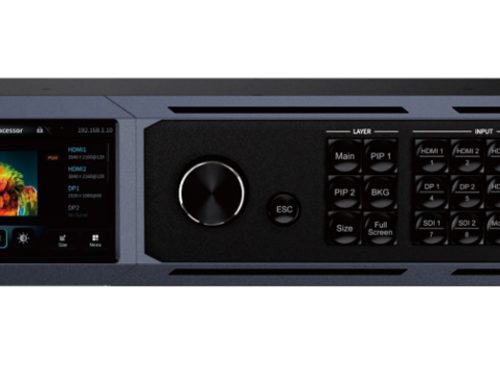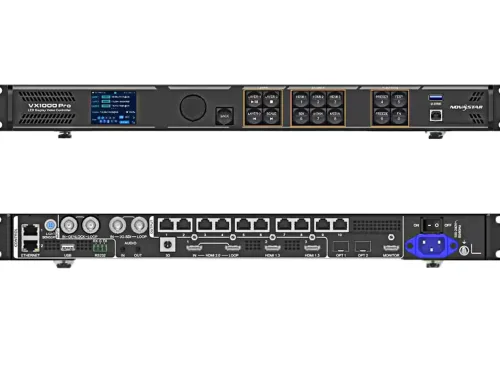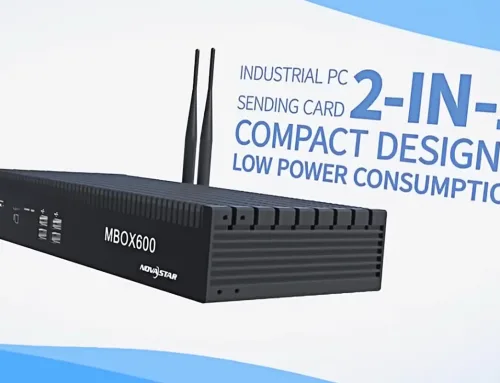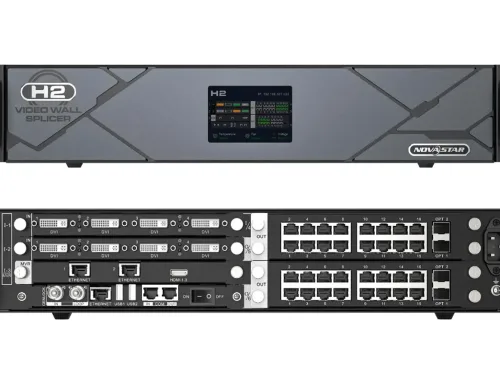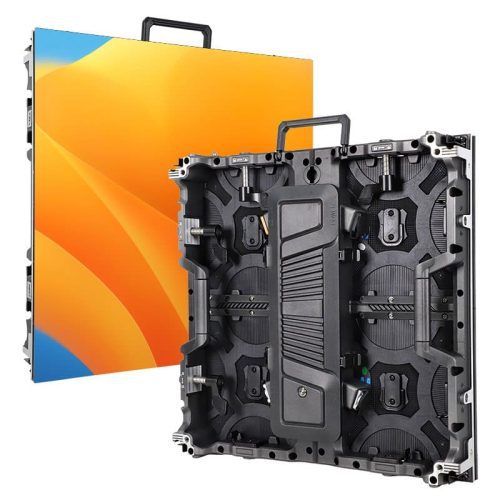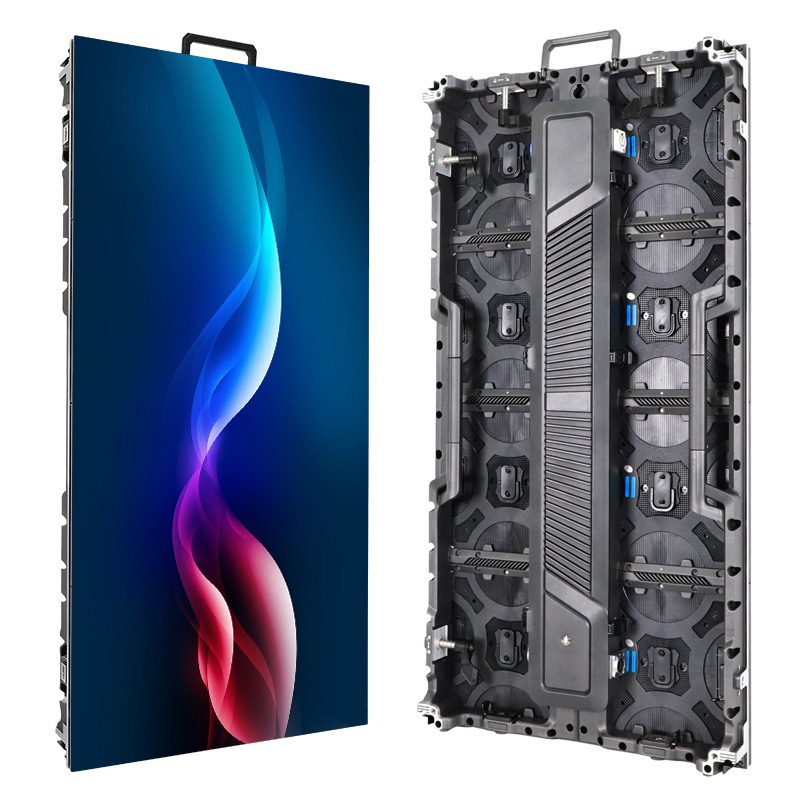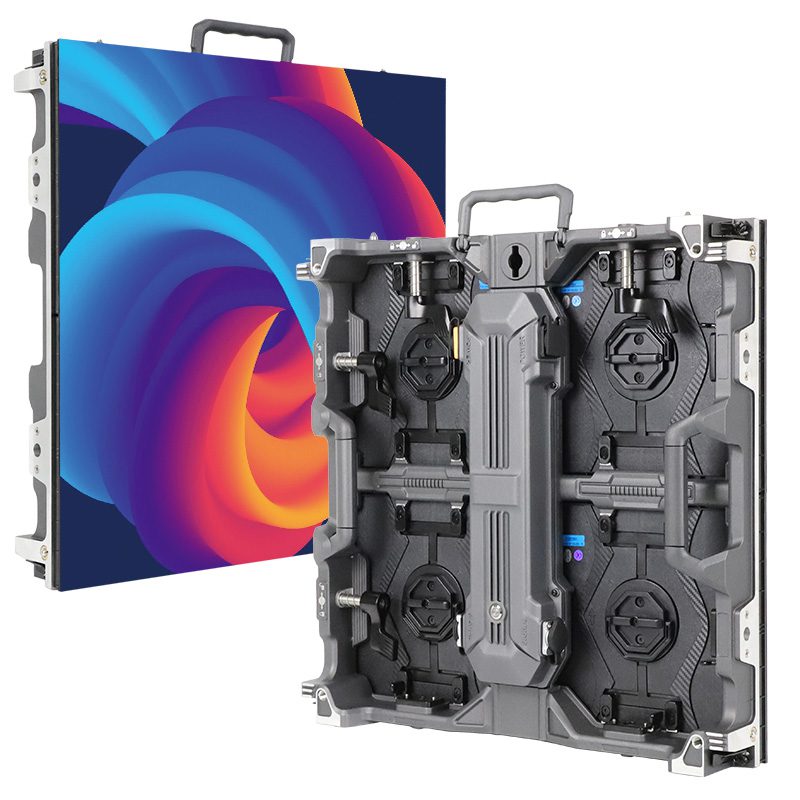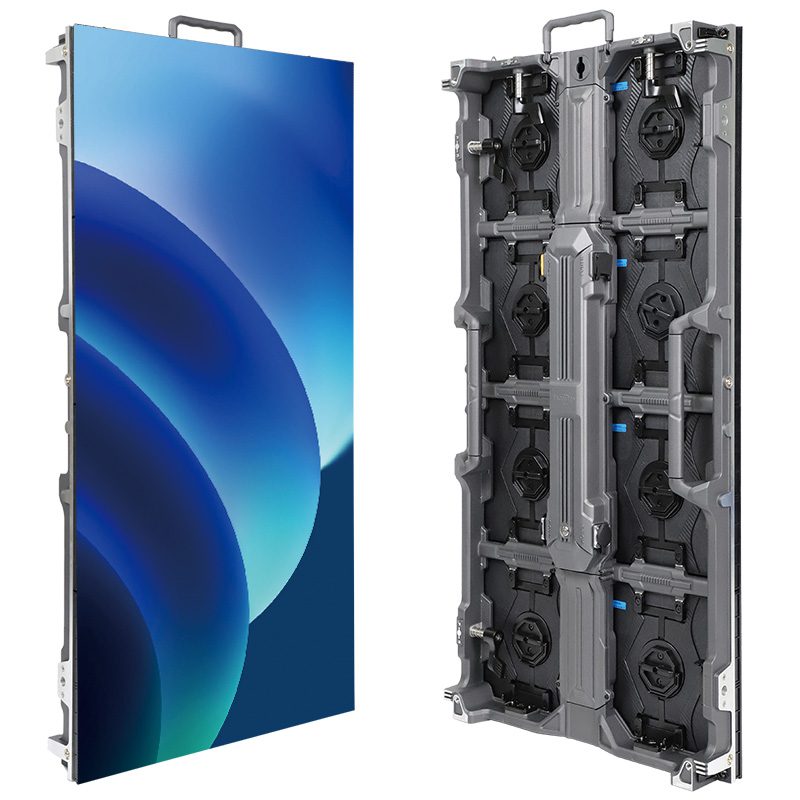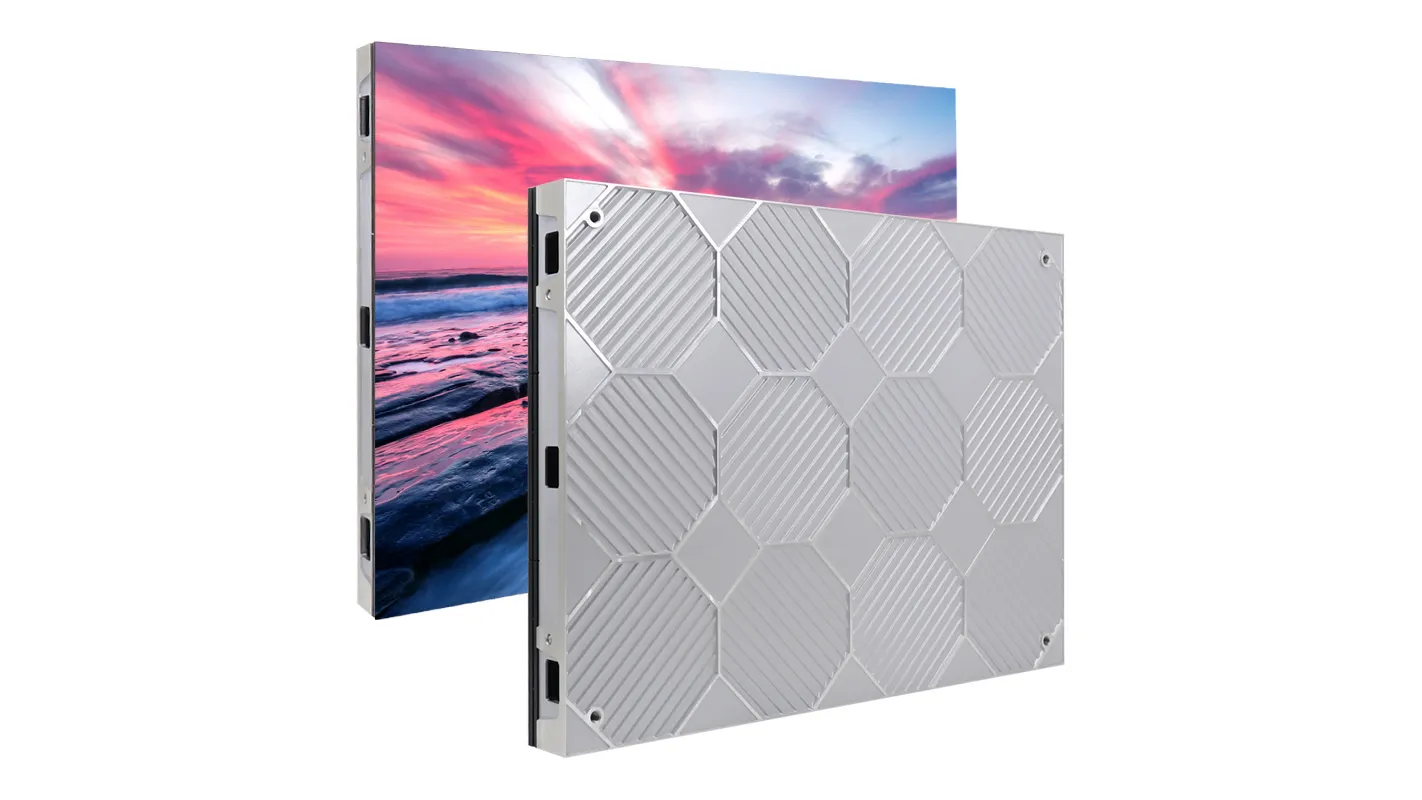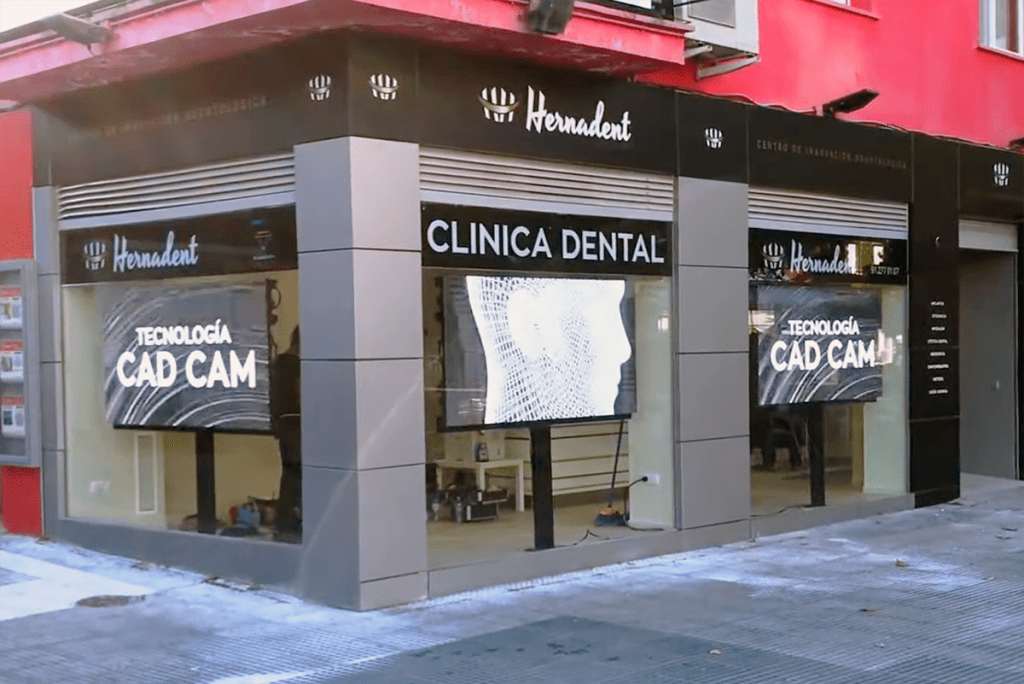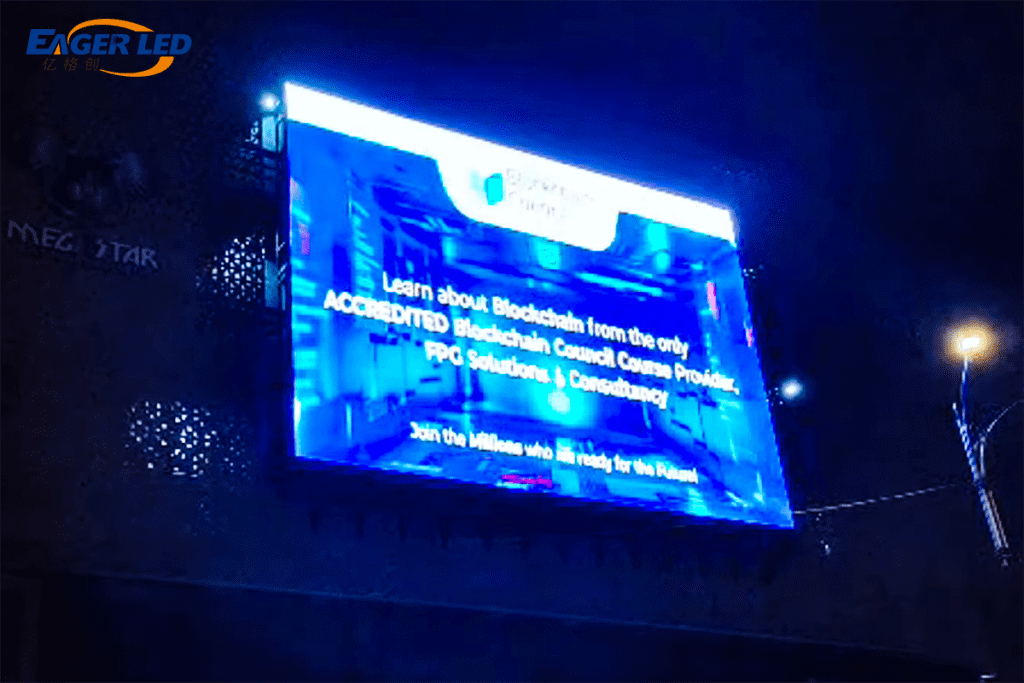Today, visuals play a big role in not just entertainment but in every aspect of the world. It can range from very bright LED sign boards illuminating an entire city to a highly interactive display on an LED screen within any given gathering. In order to better understand LED Screen technology and the core components, as well as their applications and things to consider before making the correct choice of the LED screen board for your particular needs, just read on.
1.What is LED Screen Technology?
A matrix of tiny light-emitting diodes, or LEDs, forms the heart of any LED screen. Individually controllable LEDs accreted into a beautiful mosaic of colours and images. This blog will cover the different elements of LED technology and help you understand the benefits of it.
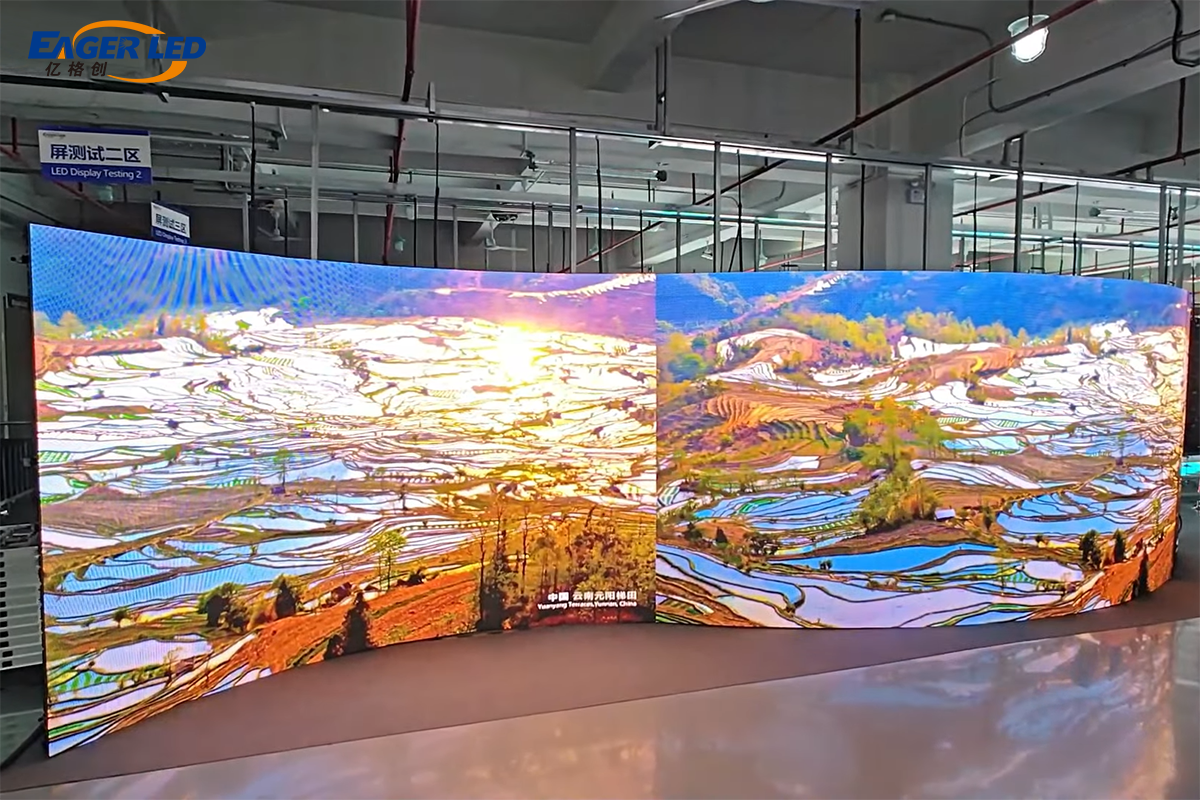
2.Key Components of an LED Screen Module
LED Modules: The basic modules forming an LED screen are always a group of LEDs living together. Their structure is a grid. They connect these modules to create large displays that look seamless.
Control System: This is the brain of an LED screen. Digital signals, in control systems, received and decoded, ensure that it is bright enough, have the appropriate colour, and which content will show up on each of the LEDs. Complex ones have scheduling, remote monitoring, or even AI-fueled optimisation for the content.
Power Supply: There is a need for some level of reliability to ensure that the power supply to an LED screen is consistent with optimal performance.
Cabinet: The major frame holds the LED modules and other constituents in place. They provide structural support, ease of installation, and maintenance, sometimes improving the aesthetic appeal of the display.
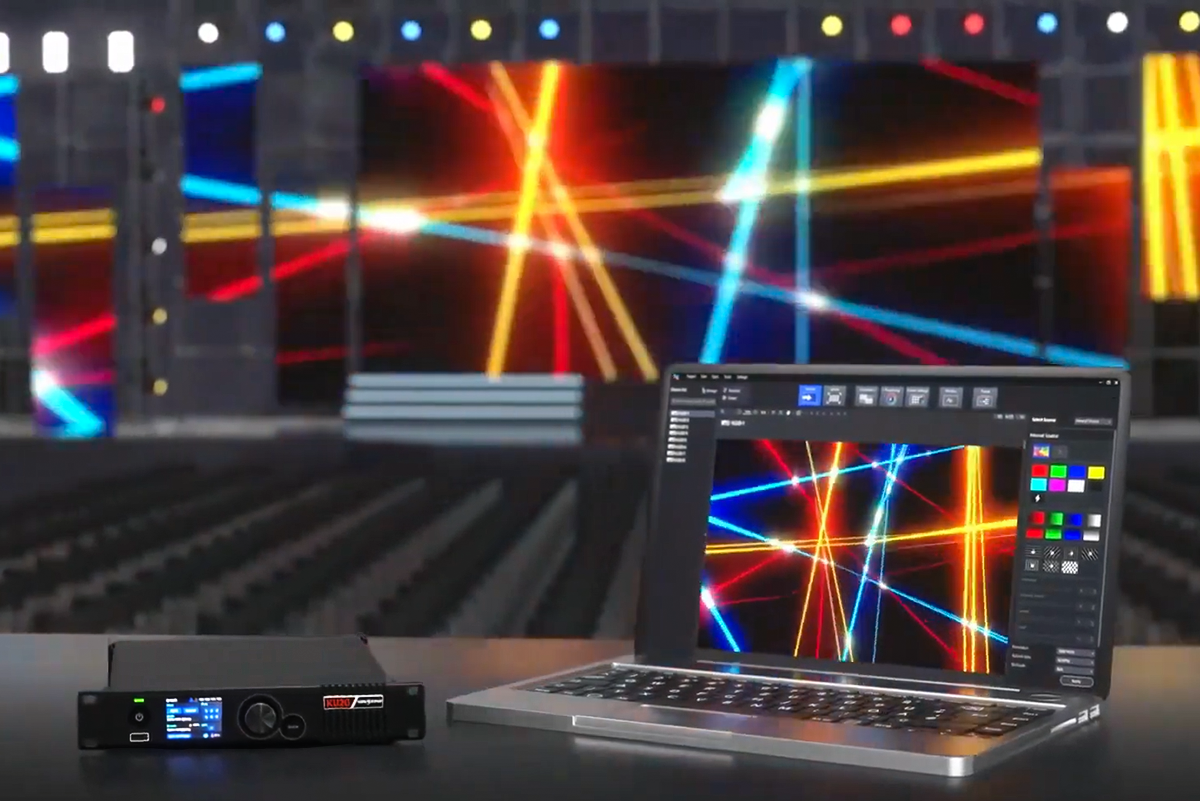
3.Types of LED Screens
Indoor LED Screens: These indoor LED screens are specifically designed for indoor resolution and colour quality at very low brightness level applications: retail shops, corporate lobbies, control rooms, and digital signage.
Outdoor LED Screens: They operate through screens made of LEDs, and as they are mostly used in nature, they have higher and brighter values with high angles of view and heavy construction. In their application, such will be applicable to outdoor advert usage, even platforms and venues for games/sports, among the electronic bills placed outside.
High-Resolution LED Screens: They have a very high-density pixel pattern; photographs look very vibrant, and video plays nearly without being smooth. These are primarily applied to high-end applications, including broadcasting studios, command centres, and innovative visual displays.
4.Benefits of the LED Sign Boards
High Brightness and Visibility: The LED screens have extremely high brightness levels, ensuring that excellent visibility can be achieved even in daylight or dim environments.
Vibrant colours and fantastic visuals: LED screens of millions of individually addressable LEDs can produce an enormous range of colours and hence make spectacular visuals.
Flexibility: The entire range of shapes and sizes of LED screens can be customised to various applications.
Robustness and long service life: Quality LED screens are made for working under extreme climatic conditions and have a long service life, hence cutting down the frequent maintenance cost.
Energy Efficiency: Today’s LED screens are much more energy-efficient. This will mean fewer operating costs and a more environment-friendly medium.
5.LED Screen Technology Applications
Advertising and Marketing: Since outdoor billboards and signboards attract and transmit very sharp images to hundreds of thousands of people, these have become useful for outdoor promotion.
Event Staging and Entertainment: It further enriches the live performance visual experience of concerts and festivals by creating unique and memorable moments.
Retail and Digital Signage: The LED can be focused on as a product display, interactive marketing, and consumer information that makes shopping lively.
Corporate Communications: The use of LEDs in presentations, video conferencing, and organisational communications improves organization-wide collaboration and information sharing.
Sports and Broadcasting: LED screens broadcast sports, where real-time statistics, replays, and fantastic visuals are used to spice up the entertainment.
6.Selecting the Correct LED Display
The selection of the correct LED display depends on various factors. They are explained in the following points:
Application: Whether it is indoor or outdoor usage, for advertisements, or even for the staging of events.
Size and Resolution: Size and resolution depend upon the viewing distance and the need for detail.
Bright and Contrast: Brightness must be just right for the ambient light, along with a right contrast ratio such that it is perfect to view.
Viewing Angle: The viewing angle must be such that it offers maximum visibility from all angles.
Pixel Pitch: The pixel pitch and the viewing distance and detail grade
Control System: The control system selected must be extremely efficient as well as user-friendly so that effective contents are displayed with smooth running
Budget: There will be budget constraints; the value for money screen will be the choice.
7.Future of LED Screen Display
This motion speed is the same as the speed of light in the LED screen display that is developed behind:
High Resolution and Pixel Density: Improvement in pixel density allows images to be sharper and even more real. As of now it has been happening since its research and development.
Higher Brightness with Energy Efficiency: Further advancement in LED technology results in higher brightness that can be energy efficient.
Flexible and Curved LED Screens: The latest flexible and curved LED screen offers much more flexibility in design combined with an immersive view.
AI Integration: In most of the applications, AI will be embedded into the LED screen systems to create efficient, intelligent content management, personalisation in advertisements, and generally improve the user experience.
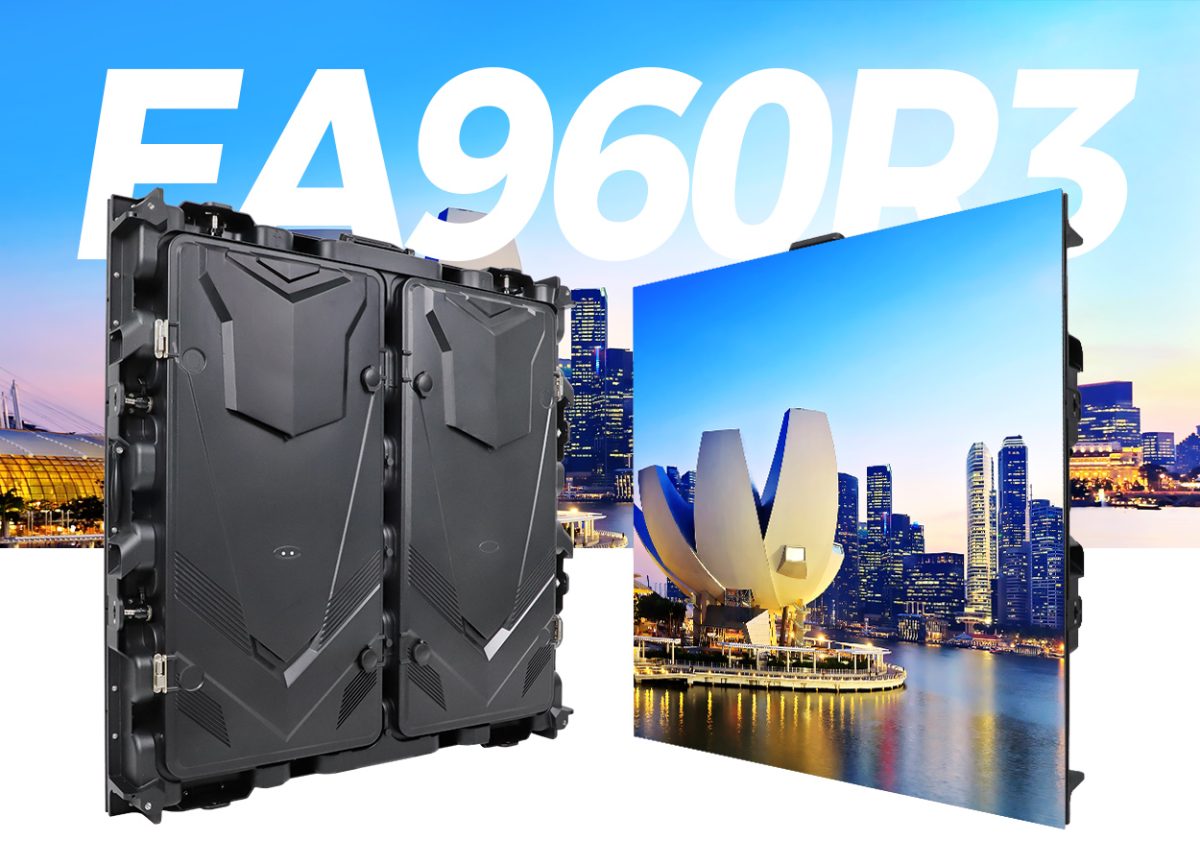
8.Conclusion
The most powerful and versatile tool in visual communication is LED screen technology. It dazzles audiences with spectacular visions; with a strong message, it changes the way people think about and connect to information. Understanding the essentials, wide uses, and considerations for choosing LED screen technology will help businesses and individuals tap into its power more effectively to meet their needs in communication and experience delivery.


